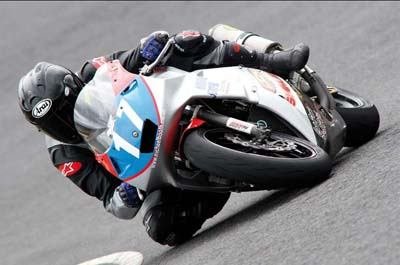Sporting Chance
Page 3

At most Premier Division grounds you will be pushed back at least another 10
yards from the goal by the slightly wider pitch and by the advertising banners.
The upshot is that a 400mm lens gives you near optimum coverage. Remember that
this is the 35mm effective focal length, a 300mm on a DSLR with a reduced chip
might be just right also. Historically, newspapers always had 400mm lenses in
their inventory and so it was hardly surprising that these same lenses got
carted along to athletics, etc, and the additional photography led to more
awards from those lenses, a simple case of statistics
Anyone for Cricket?
It would be foolish to pretend that all you needed was a 400mm f2.8 lens. If
your ambitions are towards cricket then even longer lengths are going to be
needed – these guys regard a 300mm lens as a wide angle!
The distance to the centre of the square at Trent Bridge varies from 61 yards at
the Radcliffe Road end to 72 yards to the Parr Stand. To that you need to add
another 6 yards for advertising hoardings – the boundary rope is usually set
close to the outer limits of the ground for test matches. In addition you need
to add a little under 11 yards for batsmen at the far wicket and subtract the
same amount for those at the near crease. For side-on shots, of course, you
maintain a constant 60 to 70 yards depending on where the wicket has been set.
You are thus left staring down the barrel of an 800mm lens and sometimes a
converter as well. Fortunately cricket is most often played is good light but
even so if you use 100ISO
Page 1 - Page 2 - Page 3 - Page 4 - Page 5 - Page 6 - Page 7 - Page 8
Join The Society of International Sport & Leisure Photographers today!






